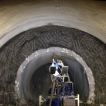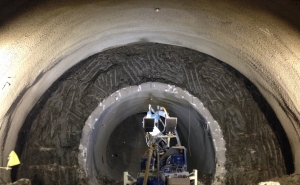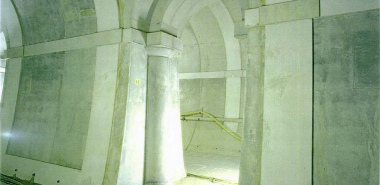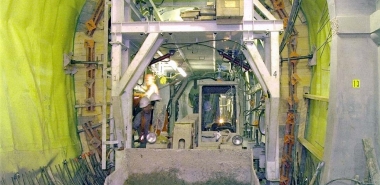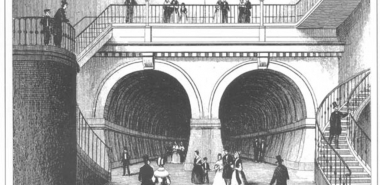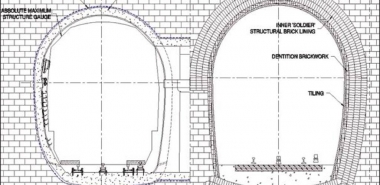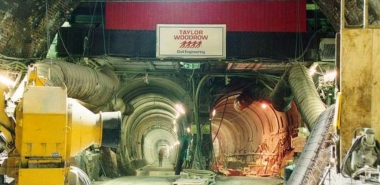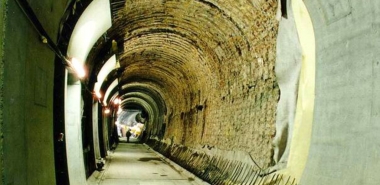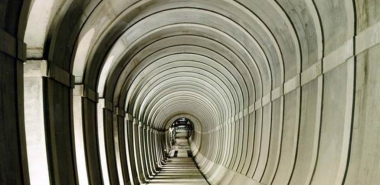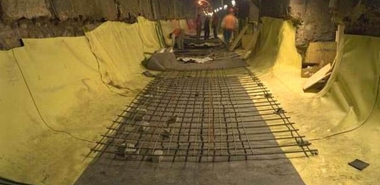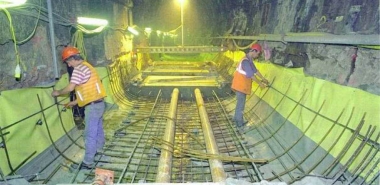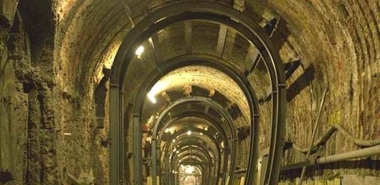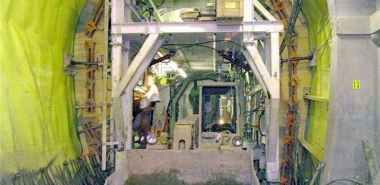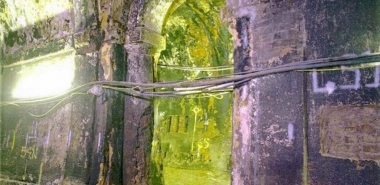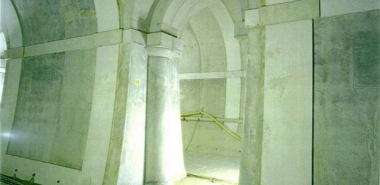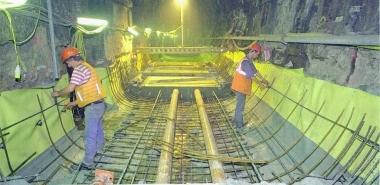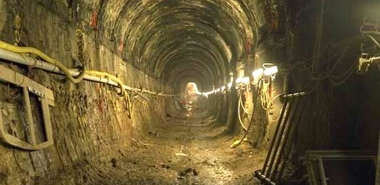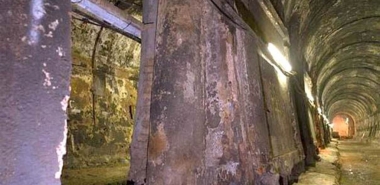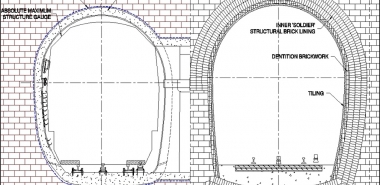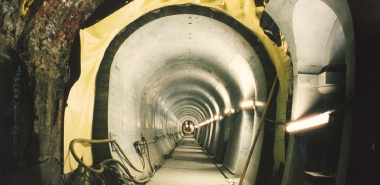You are here
East London Line - Brunel Thames Tunnel Refurbishment
| Owner: | |||||
| Client: | |||||
| Service: | Design of tunnel refurbishment including waterproofing; construction supervision
|
||||
| Estimated cost: | Commencement: | August 27, 1995
|
Completion date: | October 19, 1997
|
|
| Location: | 30 The South Colonnade London E14 5E4 |
||||
| Technical data: | Twin arch tunnel, 375 m (1230 ft) in length, with cross passages every 5.5 m (18 ft). |
||||
| Geology description: | The tunnel is covered by the Thames river bed sediments, water saturated silt, clay and sand or a suspension thereof and even partially exposed to the river water. |
||||
| Activity: | |||||
| Categories: | |||||
| Bid cost: | Final cost: | £21 million GBP
|
|||
| Service areas: | |||||
The brick lined tunnel constructed by Mark Brunel between 1825 and 1841 was the first to be bored underwater using a shield and comprised a twin arch tunnel, 375m in length, with cross passages every 5.5m. The new lining has been designed to minimise the removal of existing structural brickwork and has a similar shape with cross passages to match the original tunnel. The reinforced concrete/shotcrete lining includes steel fibres to increase the strength and durability of the lining. A waterproof membrane has been installed around both tunnels and the cross passages between the structural brickwork and the new concrete lining.
